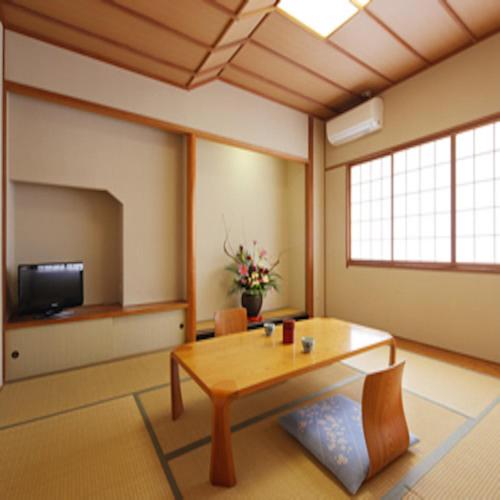Izu-numa (Lake Izu)
menuMenu
A Waterfowl Paradise! In winter, numerous waterfowl, including bean geese (Magan) and lesser white-fronted geese (Hishikui), flock here, offering a breathtaking display of natural beauty.








Highlights
- The breathtaking spectacle of migratory bird flocks taking flight
- The beautiful scenery of abundant aquatic plants
- Early morning and evening birdwatching
- An experience connecting with rich nature
- A Ramsar Convention-registered wetland
Basic Information
- Address
- Tome City, Miyagi Prefecture, Japan Search for tourist attractions in Miyagi
- Access
- 10-minute walk from Shin'den Station on the JR Tohoku Main Line. 20-minute drive from Kurikoma Kogen Station on the JR Tohoku Shinkansen. 30-minute drive from Tsukigata IC on the Tohoku Expressway. Show route
- Op.Hours
- Izunuma・Uchinuma Sanctuary Center: 9:00 AM to 5:00 PM
- Cld.Days
- Mondays (the following day if a national holiday falls on a Monday)
- Fee
- Admission Fee: 300 yen for adults, 150 yen for children
- INFO
- While there are parking lots around Izunuma, spaces are limited. We recommend using public transportation.
Overview
Recommended nearby attractions
Katanuma Lake

A mystical emerald green lake whose color changes with the sunlight
Matsushima: One of Japan's Three Scenic Views

The breathtaking view of Matsushima Bay, with its approximately 260 islands, is truly awe-inspiring!
Experience the beauty of one of Japan's Three Scenic Views, a harmonious blend of majestic nature and rich history.
Gembikei Gorge

Experience the breathtaking natural beauty of this gorge in Ichinoseki City, Iwate Prefecture, featuring unique rock formations, strange rocks, and potholes (pot holes).
Shiogama Shrine

Shiogama Shrine is a renowned cherry blossom viewing spot, boasting a breathtaking array of cherry trees, including the nationally designated natural monument, Shiogama-zakura. Enjoy panoramic Pacific Ocean views!
Shiogama Fisheries Wholesale Market

A bustling market where you can get fresh seafood at reasonable prices.
Naruko Dam

Naruko Dam is Japan's first 100m-class arch-type concrete dam, boasting a majestic presence. The "sudare-houryu" water release, held exclusively for three days during Golden Week, is especially popular among dam enthusiasts and photographers for its stunning water patterns resembling a hanging screen.
Geibikei Gorge

Enjoy a leisurely boat ride through a gorge of stunning natural beauty, like a breathtaking ink-wash painting. Be healed by the ever-changing scenery throughout the year.
Arakawa Marshland

Explore a vast marshland teeming with nature and enjoy the beautiful scenery throughout the year!
Sekaitanchi Wildflower Garden

A natural masterpiece where approximately 300 species of flowers bloom wildly!
Oda no Hama Beach

A beautiful beach on Oshima Island, boasting stunning sand and crystal-clear water. The shallow waters and gentle waves make it perfect for families with young children.
Nearby Hotels
Hotel Route Inn Tome

Hotel Sushine Sanuma

Hotel Grand Plaza Urashima

City Hotel Kurihara

